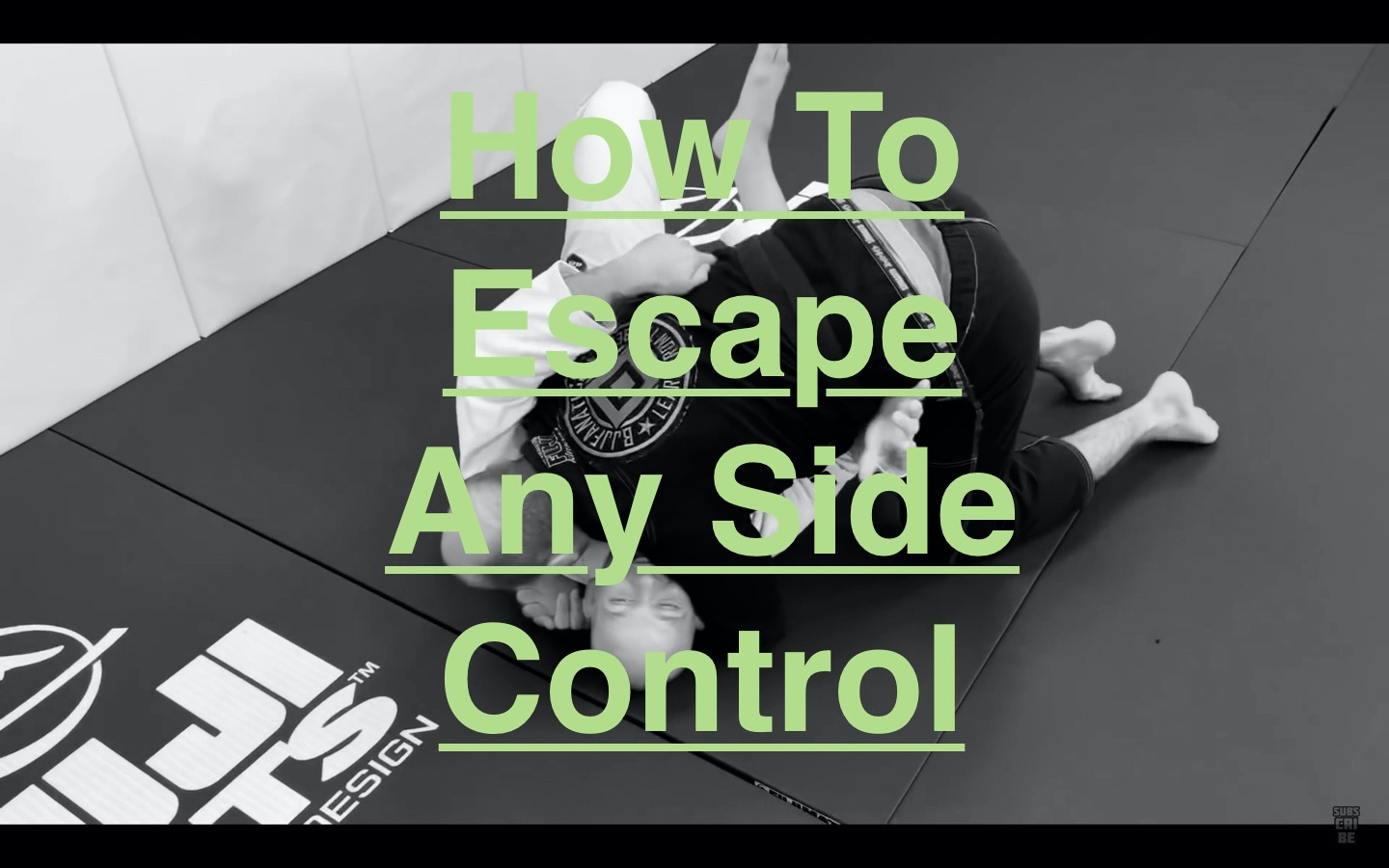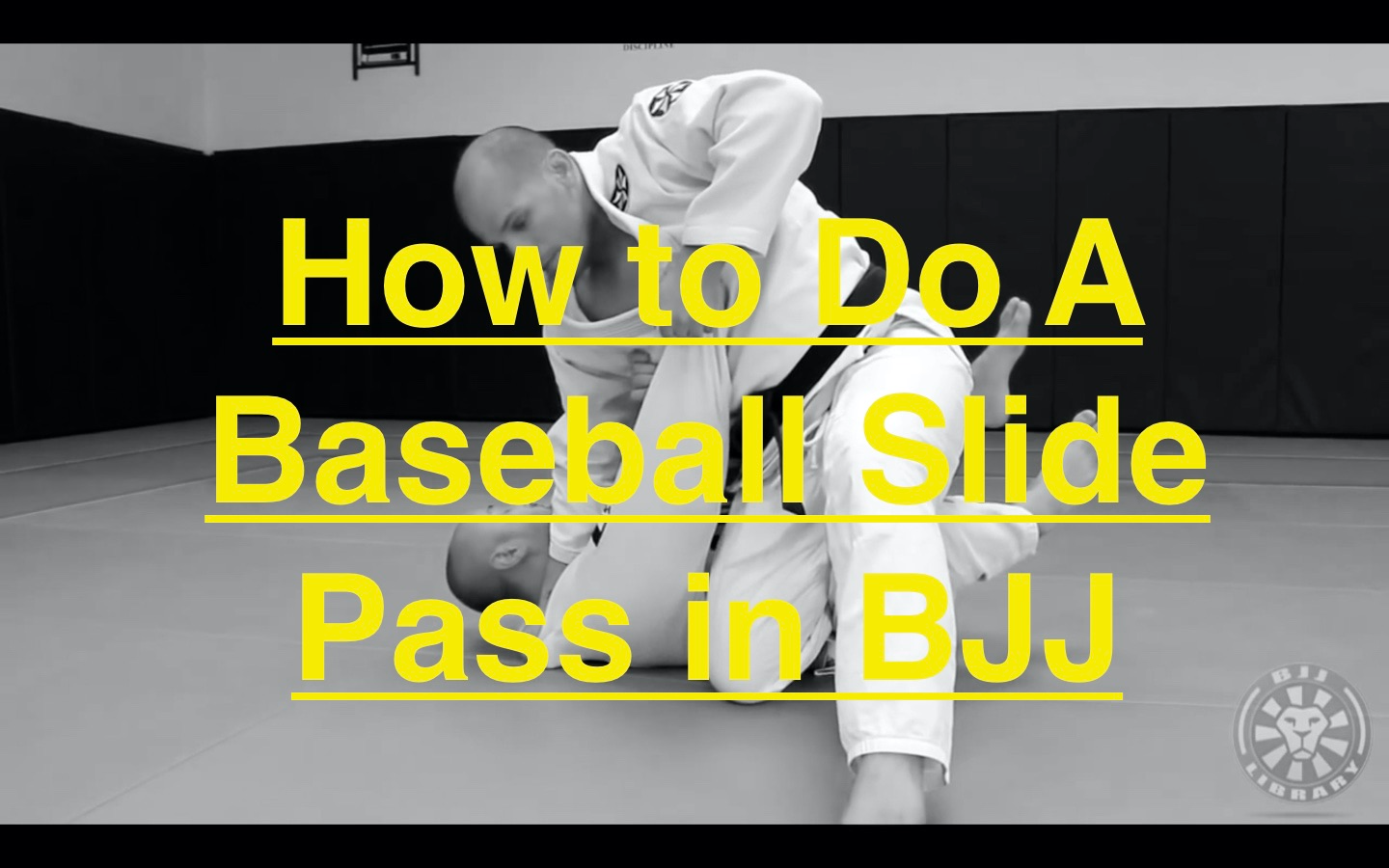
The triangle choke is one of the most easily recognizable choke submissions in Brazilian Jiu Jitsu, and for good reason. The triangle takes what looks like a bad position from the outside (being on the bottom in a fight), ties your body in knots, and the other guy ends up choking.
There’s just one problem with the triangle choke: you have to be on the bottom to do it.
UNLESS you jump and wrap your legs around your opponent’s head and choke them while they’re standing.
When that happens, you really are doing ninja stuff and it’s not only fast and effective but really cool.
Start: Standing with mutual neck tie controls
Step 1: Jump and pull opponent’s neck down
Step 2: Slide the same-side leg as your neck tie perpendicular over opponent’s head, replacing the grip
Step 3: Cross legs
Step 4: Grip behind opponent’s leg with hand that was gripping behind opponent’s neck to prevent a slam
Step 5: Figure-four free leg over choking leg
Step 6: Pull opponent’s head down and turn body towards arm that has leg grip
End: Submission via flying triangle









